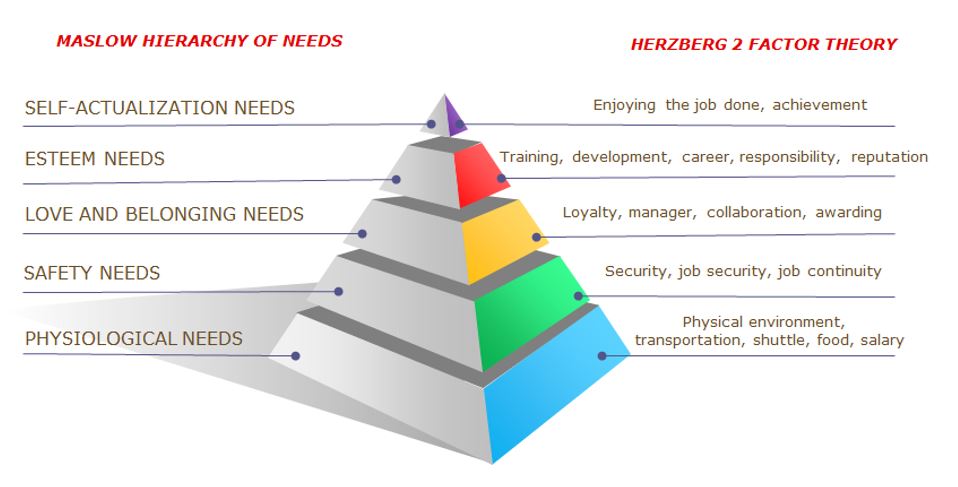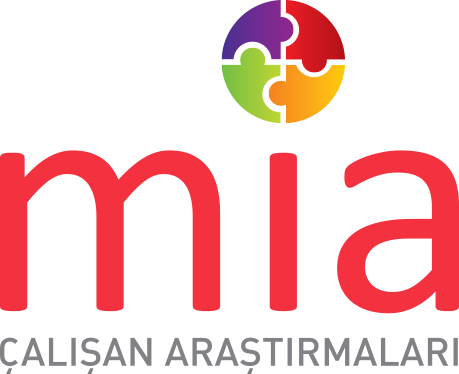Blog
RECOGNITION: “SEE ME”

Berna Özdemirkan
November 2018 – Brandmap:
It’s in the nature of human beings: we want people to notice us. Though, there is no need to discuss this subject all over again. Back in the day, an American psychologist, Abraham Maslow already created a vast amount of studies and theories on it. Once you progress through the steps explaining the basic needs such as the physiological needs and the safety needs in that famous Maslow Hierarchy Pyramid, you will next find the need of “Love and Belonging”. People want to establish relationships and make friends. This is followed by “Esteem”. We want to be valued, respected and recognized in our environment. And finally, at the top, there is the “Self-Actualization”. This triggers our desire to succeed.
Sometimes, you need to see what you already know on paper even if it is a small paragraph and this must be one of those moments. When we go back and look, we see that the primary expectation of employees is “Recognition”. Looking at the data of the year 2017, we see in the surveys conducted with 2500 white collar employees that 57% feel they are not acknowledged or appreciated. This rate drops to 30% when we look at the most successful companies in terms of their engagement/commitment scores. Yes, unfortunately, this is still a very high dissatisfaction rate! And on the opposite side, the dissatisfaction about recognition climbs up to 75% at the companies with very low commitment scores. Isn’t it scary? While ‘recognition’ is one of the 5 main needs, this is the situation.
So, how can we make the employees feel valued? A few examples include thanking them when they have achieved, creating opportunities for them to prove themselves before their colleagues or supervisors, and publicly recognizing their achievements. However, the most important thing is to be able to say “I want to improve you, because you are valuable to me” and to put this statement into action. If we guide the employees in improving themselves, if we were to offer them opportunities so that they can be better by providing feedback, the employees will feel valuable. The data show that the biggest expectation of employees after recognition is personal development. 41% of the employees state that their companies don’t have the atmosphere that allows them to improve themselves: training opportunities, team projects and people providing guidance on this path. While 80% of the employees in companies with high commitment score state that they have someone who guides them on their improvement journey, this rate drops to 30% in companies with low commitment scores. While ‘valuing employees’ is one of the 5 main needs, this is the situation.
Now, let’s look to the top of the pyramid, to the concept that is hard to define: “Self-Actualization”. This concept is defined as achieving the goal that best fits our talents and character. Adapting this concept to the business life, it can be defined as enjoying work, doing jobs that leave a mark, using full potential at work and being able to take initiative within the framework of a specific autonomy while working. The good news is that many companies are very successful in this last item. 77% of the employees say that their work is meaningful. It is possible to observe achievement of this goal even in companies with low commitment scores. While the ability to take initiative to perform duties is around 95% in successful companies, this decreases down to 50% in companies with low commitment scores. So, the secret of success is to leave a play field to the employees. And to leave a play field, you should trust them. And to trust them, you should hire the right people.
Maslow revealed the basic needs for human life. For business life, we can examine the two-factor theory of Frederick Herzberg, a professor at MIT. In fact every need mentioned in the pyramid by Maslow has a match in the Herzberg theory.

While climbing these steps; loving your job, finding it meaningful and feeling successful lose their importance if you can’t find a clean sink to use in the company (see Physiological Needs). So, it is required to climb the step in order, to achieve them in order.
Well, which step do you see yourself at your work environment? Up to which step can you carry your employees to? Climb the steps in order and note the importance of acknowledgment and recognition among the employee needs if you want to create an Employee Brand.
